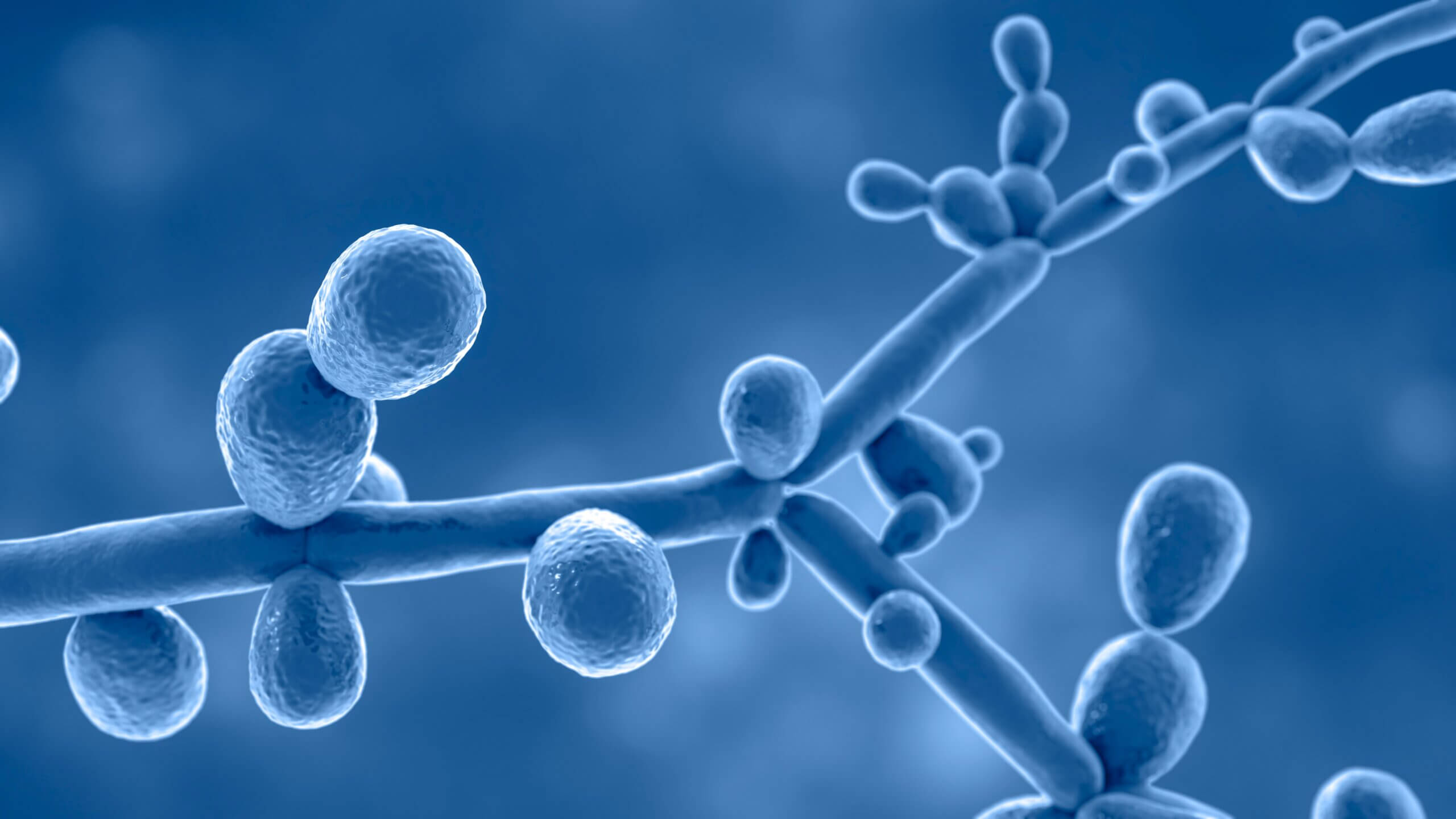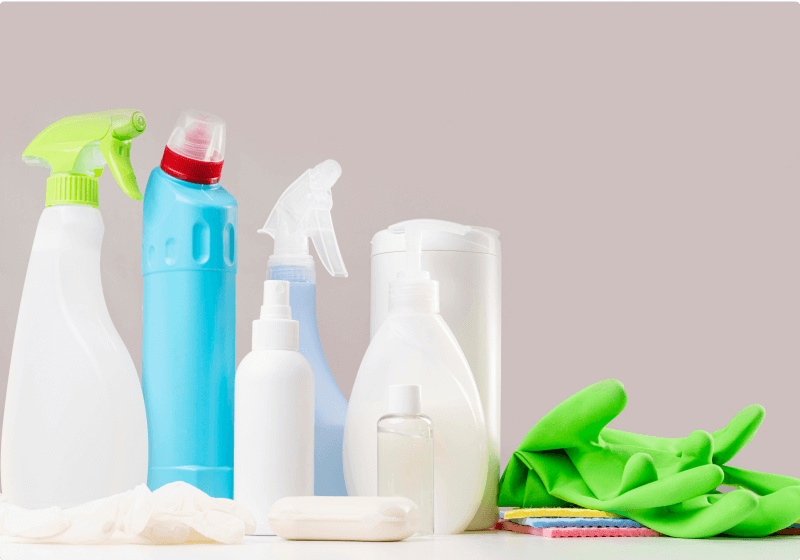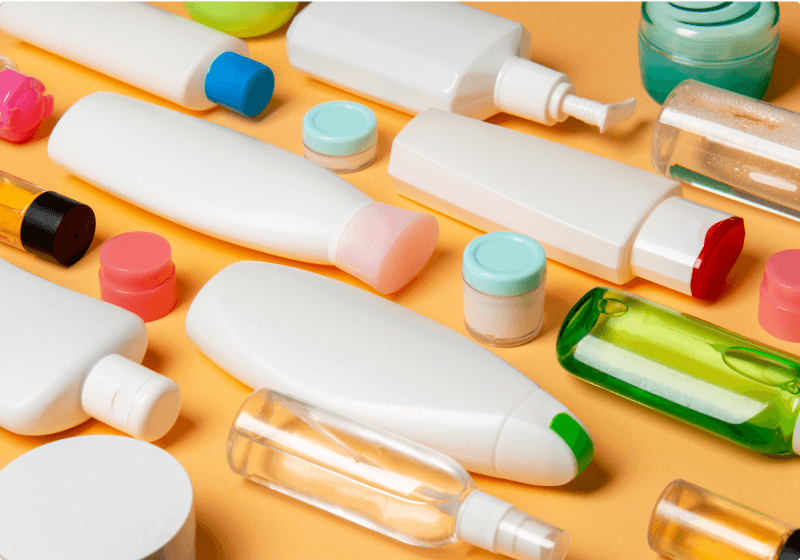Legionella is a gram negative (aerobic) and non – spore forming bacilli that grows and multiplies in water systems. It can inhabit natural water systems (river, lakes, ditches) and man made water systems like pools, spas, cooling towers, fountains, hot tubs, and complex water systems.
Legionella is responsible for causing Legionellosis’s disease and Pontiac fever. The former results in a serious and potentially deadly pneumonia (lung infection). While, Pontiac fever is a less harmful infection than Legionellosis’s disease.
How is Legionella most commonly spread?
Legionnaires infection is acquired by inhalation of aerosols from contaminated water.
Potential sources of exposure include –
- Air conditioning cooling towers
- Hot and cold water systems
- Whirlpool sp
- Pools
- Shower heads.
- Faucets
- Water from ventilation system in large buildings
- Hospital patients
- Hotels
Less commonly, Legionnaires can be acquired by aspiration of contaminated drinking water or coming in contact with contaminated soil.
Also Read: Introduction to Microorganisms
Signs and Symptoms of Legionellosis
Clinical manifestations of Legionellosis’s disease
The onset of symptoms usually appears 2 to 10 days after infection with Legionnaires’ disease.
First signs of infection could be –
- Headache
- Muscle aches
- Fever that may be 104 F (40 C) or higher
On second or third day of infection, other possible symptoms can include:
- Coughing up blood or mucous
- Shortness of breath
- Chest pain
- Nausea, vomiting and diarrhea
- Stomach pain
- Confusion or other mental change
If left untreated, Legionellosis can lead to serious complications like respiratory failure, acute kidney, and multi-organ failure.
Clinical manifestations of Pontiac fever
Symptoms of Pontiac fever are mild and characterized by flu like symptoms like –
- Fever
- Chills
- Headache
- Muscle aches
Also Read: Top Facts about MRSA
Prevention and Control Measures for Legionella
Most Legionellosis infections are dreadful, but they are preventable.
Outbreaks of Legionella are mainly attributed to contaminated water, hence prevention and control strategies require proper maintenance, disinfection, and monitoring of water systems.
Following approaches can be considered to minimize the growth and transmission of Legionella –
- Temperature control in hot and cold water systems – Temperature control in both hot and cold water systems that does not support the growth range of Legionella i.e. 25°C to 43°C can be very helpful. Cold water systems should be maintained at a temperature below 20°C. While hot water should be maintained above 60°C.
- Biocide treatments – Biocides are employed to water systems to hinder or kill growth of bacteria. Disinfectants, oxidizing agents, and preservatives which are evaluated against Legionella should be used.
- Weekly flushing of unused water outlets – Legionella tends to grow more quickly in stagnant water and sometimes can lead to severe community outbreaks. Weekly flushing in unused properties is important to reduce stagnation which would otherwise encourage bacterial growth.
- Implementation of antimicrobial sanitarywares – Sanitary ware surfaces like bathroom washbasins, faucets, showers, and rinsing systems are recognized as most ideal places for Legionella colonization and infection transmission. To maintain a healthier environment in bathroom areas, modern concepts of antibacterial coatings for sanitaryware products and accessories are easily available in the market.
- Antibacterial sanitarywares (wash basins, toilets and urinals) have been successfully developed to effectively eliminate and inhibit the growth of Legionella and other harmful pathogens.
- Plus, functionally modified ceramic surfaces with advanced antimicrobial protection are easy to clean and also have great aesthetic value.
Also Read: The Ultimate Guide to Disinfectant Testing
Uses of Legionella Microorganisms at MIS lab
From our standards panel of test microorganisms, Legionella spp. (ATCC – 700511) is frequently used for antibacterial efficacy testing of disinfectants and materials which are meant to be used in sanitary ware systems.
At MIS, Legionella spp. (ATCC – 700511) is primarily used for following testings –
- Antimicrobial ceramic and sanitaryware materials
- Surface disinfectants
Contact Us Today for Microbiology Testing Needs!
At MIS, we offer specialized antimicrobial testing services to sanitarywares, coatings, plastics, textiles and disinfectant industries.
Looking for any antimicrobial testing services, experts from MIS team are always available for quick communication whether it is related to technical support or urgent project requirements.














